The timeless adage, “you can’t teach an old dog new tricks,” often brings a sigh of resignation to many dog owners. It suggests that once a dog reaches a certain age, its capacity for learning diminishes, leaving them set in their ways. However, at Dog Care Story, we believe this sentiment couldn’t be further from the truth. Just as humans can continue to learn and grow at any age, so too can our beloved canine companions. This article delves into a transformative journey, proving that with patience, understanding, and the right approach, You Can Teach An Old Dog new tricks, enriching their lives and strengthening the bond you share.
Embracing the Challenge: Overcoming Doubts About Senior Dogs
Like many, I once harbored a quiet skepticism about training an older dog. After all, my senior dog, Buster, a lovable Golden Retriever, had settled into his routines. He knew “sit” and “stay,” but anything beyond that seemed an uphill battle, often met with a languid yawn. The idea of introducing complex commands or breaking old habits felt daunting, primarily because of the fear of failure – not just for Buster, but for me as an owner. What if I tried and he simply couldn’t grasp it? Would it stress him out? These fears, much like the trepidation of a novice skier on a new trail, were rooted in the unknown.
Yet, a tiny spark of determination ignited. I wanted to deepen our connection, stimulate Buster’s mind, and perhaps even resolve some minor behavioral quirks that had developed over time. “I want to teach Buster something new,” I declared to my family, echoing the sentiment of setting a clear, vocal goal. This public declaration made the endeavor feel more real, less like an impossible whisper in my head. My spouse’s playful warning, “Just don’t make him too tired!” served as a gentle reminder of Buster’s age, but it didn’t deter me. Instead, it underscored the need for a thoughtful, gentle approach. To truly begin, I knew we needed expert guidance, someone who understood the nuances of senior dog training. For inspiration on what’s possible, consider these [essential dog tricks](https://dogcarestory.com/tricks-you-should-teach-your-dog/) that can benefit dogs of all ages.
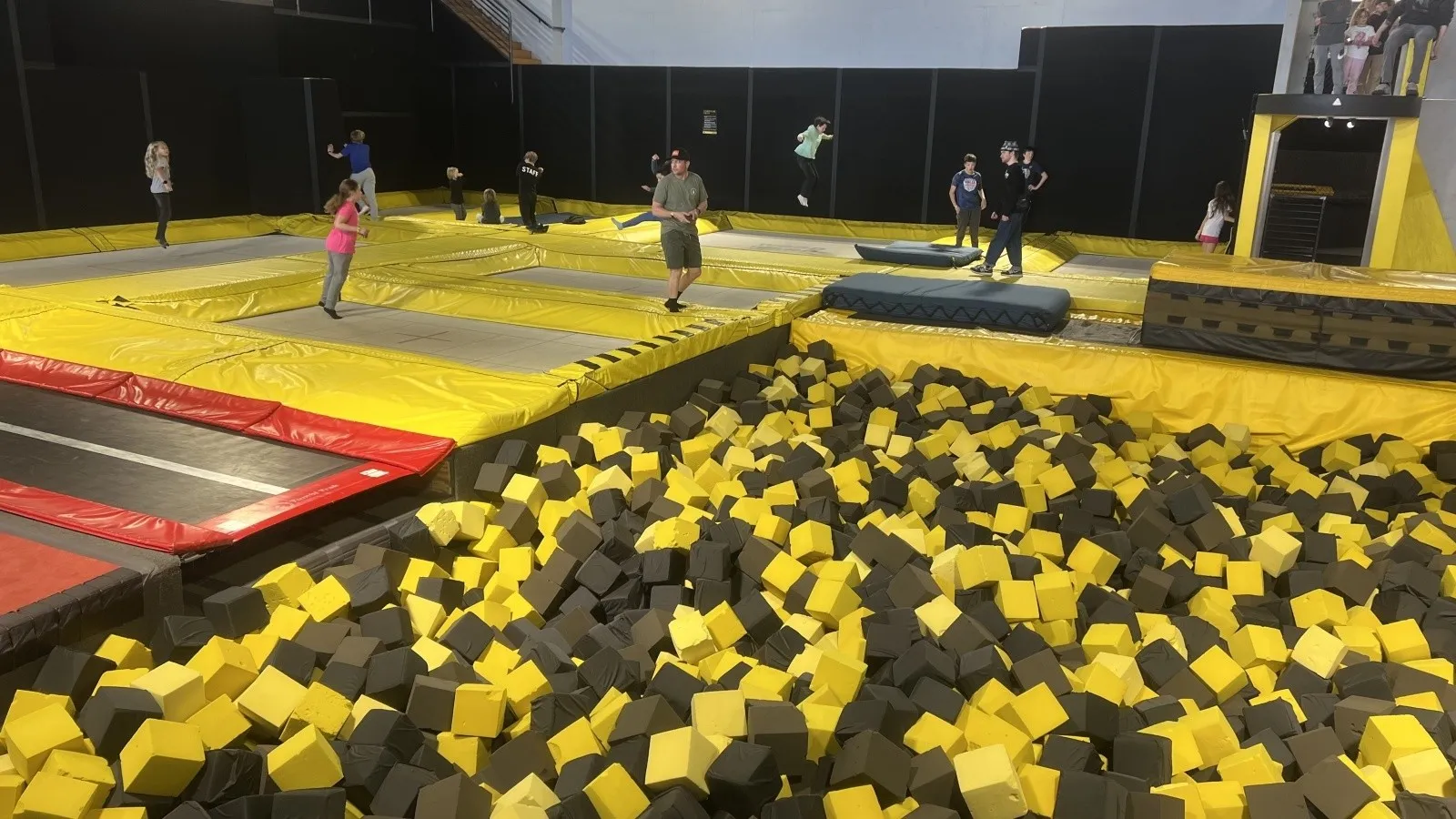 An older dog owner proudly posing with their senior Golden Retriever after a successful training session.
An older dog owner proudly posing with their senior Golden Retriever after a successful training session.
“We’re going to start off easy,” whispered Emily, a seasoned dog trainer specializing in positive reinforcement for adult dog learning, as Buster and I arrived at our first session. Her calm demeanor immediately put both Buster and me at ease. Looking around her training facility, I could tell we weren’t the only ‘non-traditional students’ there; several older dogs were happily engaging in various activities. My goal was simple: for Buster to learn a new, engaging trick. Given our limited initial sessions, the biggest challenge was finding the right starting point for Buster, considering his age and energy levels. We began with simple exercises designed to assess his current capabilities and build his confidence.
Emily was an exceptional instructor. She asked me to guide Buster through basic commands he already knew, then gradually introduced slight variations. “Let’s get him confident, then even more confident,” she emphasized. Her method encouraged me to relax and openly share my concerns about Buster’s comfort and limitations. We discussed where to gently push and where to recognize that “another day” might be better. (A note for owners of older dogs: always be mindful of your dog’s physical health. Consult with your vet before starting any new training regimen, especially if it involves physical activity. There are always modifications and workarounds!)
We quickly agreed that mastering a complex agility course wasn’t our immediate goal. This acknowledgement was liberating, yet it brought a new realization: Buster was going to truly engage and learn. Yes, he was going to learn new commands!
I understood that Buster had learned much later in life than many puppies, but that hadn’t stopped him from being a wonderful companion. He was great with his basic manners at home, but in new environments, he often reverted to old habits. When Emily suggested we try a new “game” that simulated real-world scenarios in a safe, indoor setting, I looked at the various ramps and props behind her, smiled, and declared, “Absolutely, we’re game.”
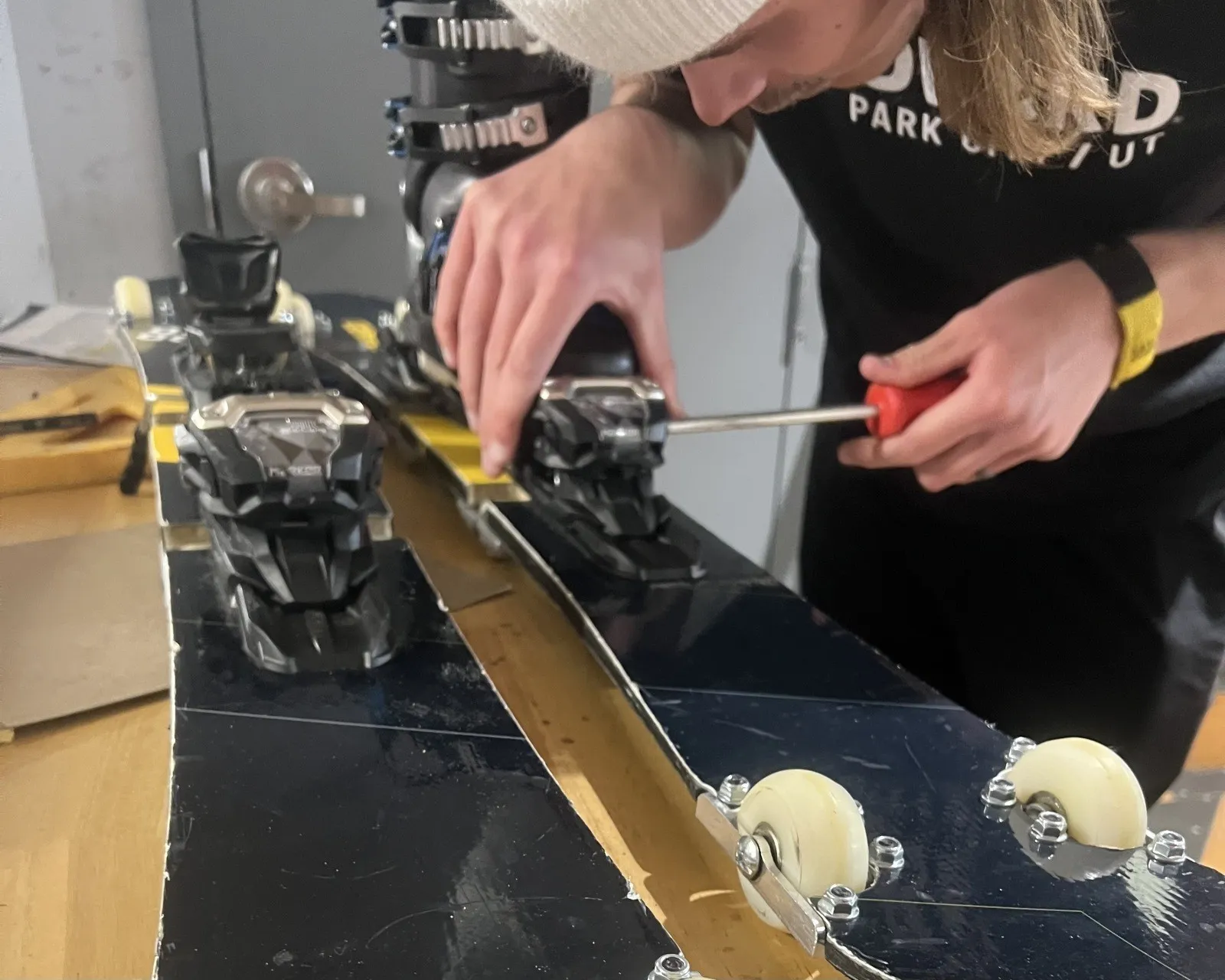 A cheerful senior dog with its owner demonstrating a basic training command, reflecting progress and determination.
A cheerful senior dog with its owner demonstrating a basic training command, reflecting progress and determination.
This “game” involved a series of low-impact exercises on specially designed, soft platforms and ramps, mimicking obstacles he might encounter outdoors. What you don’t expect is how transformative and fun they are! Remember, my biggest fear was stressing Buster or causing him discomfort. On these padded surfaces, we worked on navigating gentle inclines and descents, with soft, oversized cushions at the end, much like a giant foam pit, to ensure safe landings. Emily started by having Buster simply walk onto a low platform and then “trust fall” into the cushions, rewarding him lavishly for his bravery. It felt like watching him confidently explore a new patch of soft grass, a great place to build initial confidence without pressure. For foundational skills, these [easy tricks for beginners](https://dogcarestory.com/7-best-and-easy-dog-tricks-for-beginners/) are perfect.
The Power of Patience: Transforming “Can’t” into “Can”
Emily continued her step-by-step approach. Finally, she guided Buster onto a slightly steeper ramp, and he stumbled just a bit—a soft, harmless landing in the cushions, but he quickly recovered. That was the last time he showed any hesitation. I told that little voice in my head—the one whispering doubts about old dog training—to go for a walk and meet us later to celebrate. We had this!
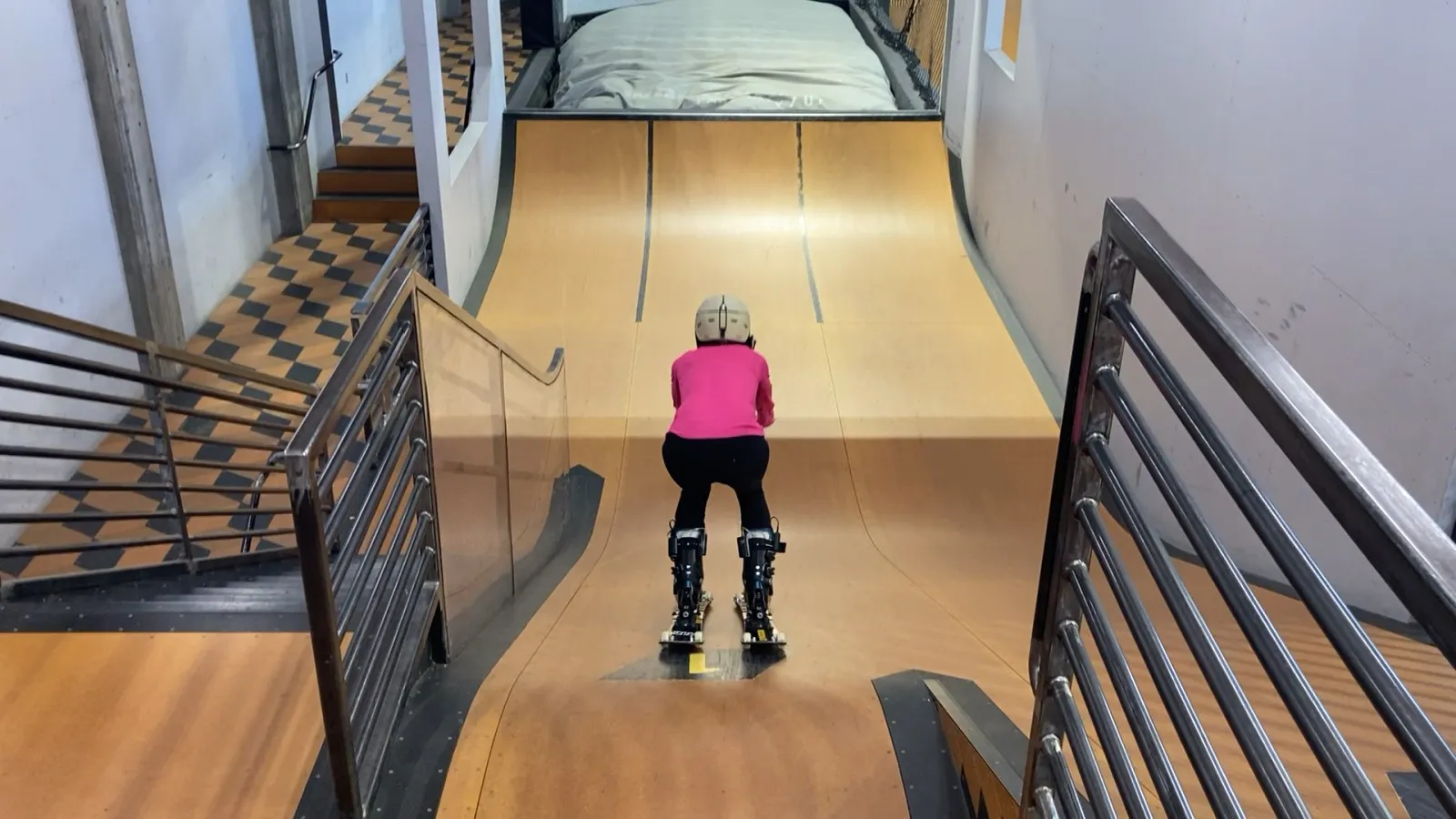 A senior dog mid-action, demonstrating a newly learned command with enthusiasm and slight imperfection.
A senior dog mid-action, demonstrating a newly learned command with enthusiasm and slight imperfection.
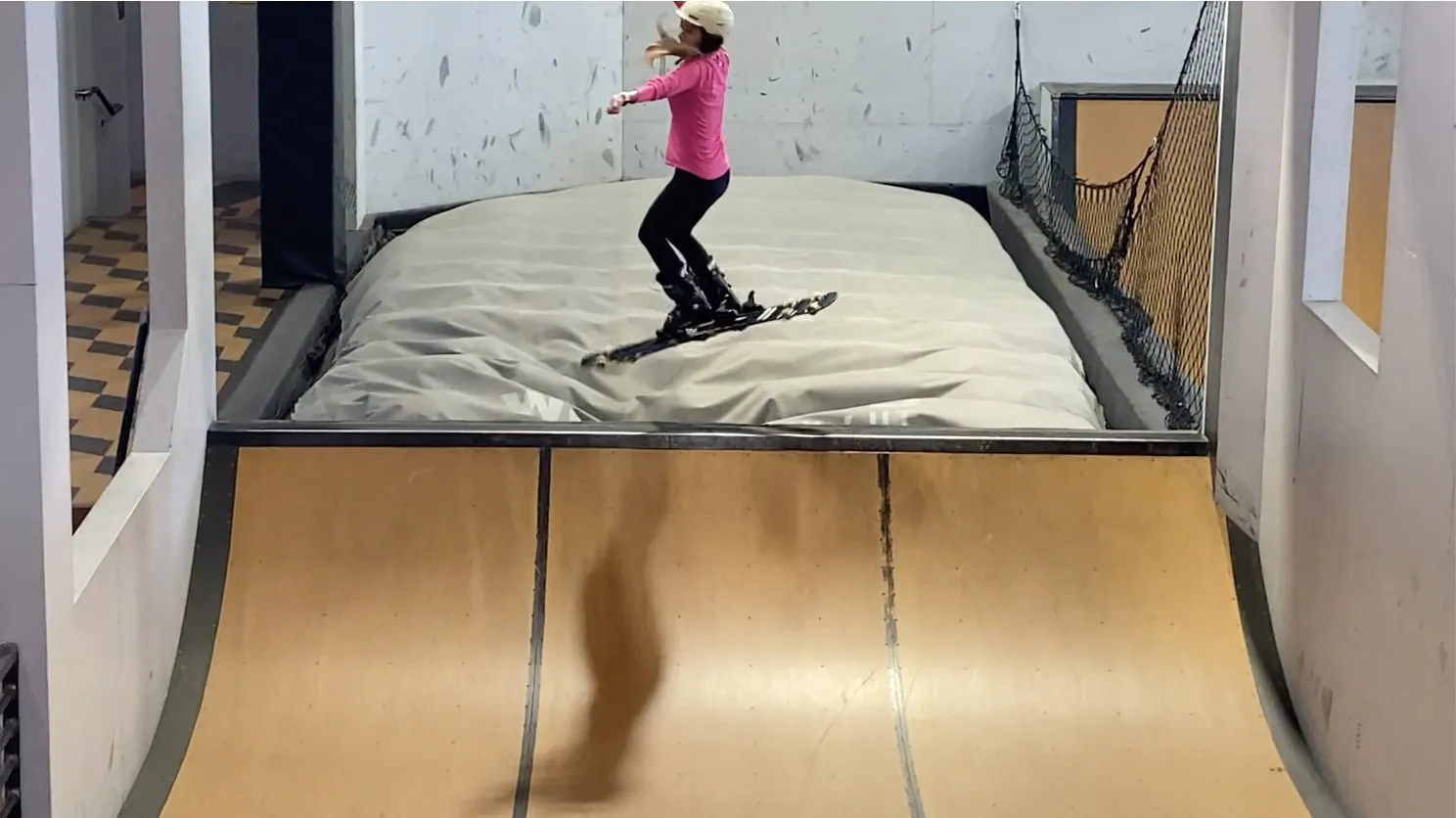 A screenshot with an encouraging text overlay, symbolizing a breakthrough moment in training.
A screenshot with an encouraging text overlay, symbolizing a breakthrough moment in training.
Buster traversed the ramps numerous times, confidently stepping, pausing, and even learning a controlled “spin” on cue. He was getting it, and I wanted to push for more, but Emily kept bringing us back to basics: “I want him to feel confident here before we move outside.” I learned where to guide his body, how to use my voice, and most importantly, how to communicate my expectations clearly. I could feel my anticipation build without overwhelming Buster. We felt very confident… until we stepped outside.
No soft cushions. Lots of playful puppies and curious strangers watching. Yes, I was nervous again. As we walked towards a designated outdoor training area, Emily’s colleague, a lead dog behaviorist, introduced himself. He spoke about how every dog owner, regardless of their dog’s age or previous experience, has to “get out of their head” when trying something new. His words resonated. He was talking about that internal voice, which isn’t about fear itself but about the unknown. For ideas on what skills to focus on, check out these [simple dog tricks](https://dogcarestory.com/easy-tricks-to-teach-your-dog/).
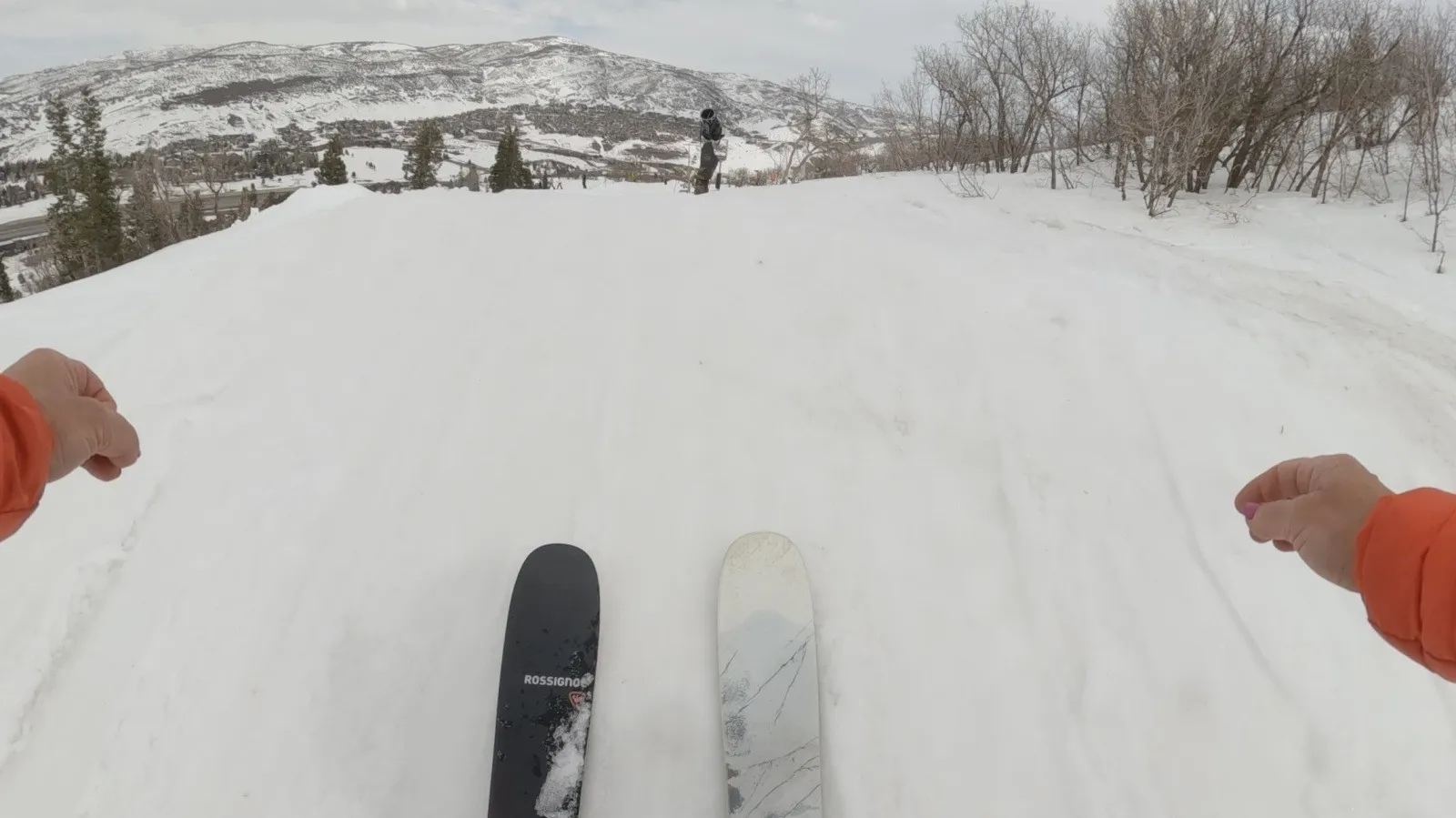 An older dog and its owner attentively listening to a professional dog trainer outdoors, symbolizing expert guidance.
An older dog and its owner attentively listening to a professional dog trainer outdoors, symbolizing expert guidance.
As dogs age, we often feel there’s less that’s unknown to them, but more we cannot control about their health or habits, which can sometimes be scary. However, approaching new challenges in a controlled and positive environment unlocks incredible possibilities, making other things achievable and exciting. The unknown might occasionally require a guide or instructor, but I never want it to keep me from exploring new avenues with Buster.
At the outdoor area, there were various environmental distractions: playful dogs, people jogging, and intriguing smells. Emily asked whether I wanted her to lead or follow with the exercises. “Lead…just this time,” I declared. I watched her calm cues, then mirrored them, guiding Buster through his newly learned “spin” and “place” commands amidst the distractions. We gained speed and confidence as he flawlessly executed each cue.
You know where this is going…we did it again and again, reinforcing commands and even introducing a new, simple “fetch” game. I won’t suggest that Buster was ready for the Westminster Dog Show, but he felt like a champion. I could almost hear triumphant theme songs in my head, and after two and a half hours, he was truly unstoppable. For a comprehensive list of commands, these [top ten dog tricks](https://dogcarestory.com/top-10-tricks-to-teach-your-dog/) offer great options.
“Can we try some ‘stay’ with distractions?” I asked. “Absolutely,” Emily replied. After learning how to focus and perform commands indoors, mastering a long stay with passersby was a breeze. Addressing a lingering [potty training an older dog](https://dogcarestory.com/tricks-for-potty-training-a-puppy/) issue? Perhaps another lesson, but I’m definitely going to keep incorporating new tricks and challenges into our daily routine.
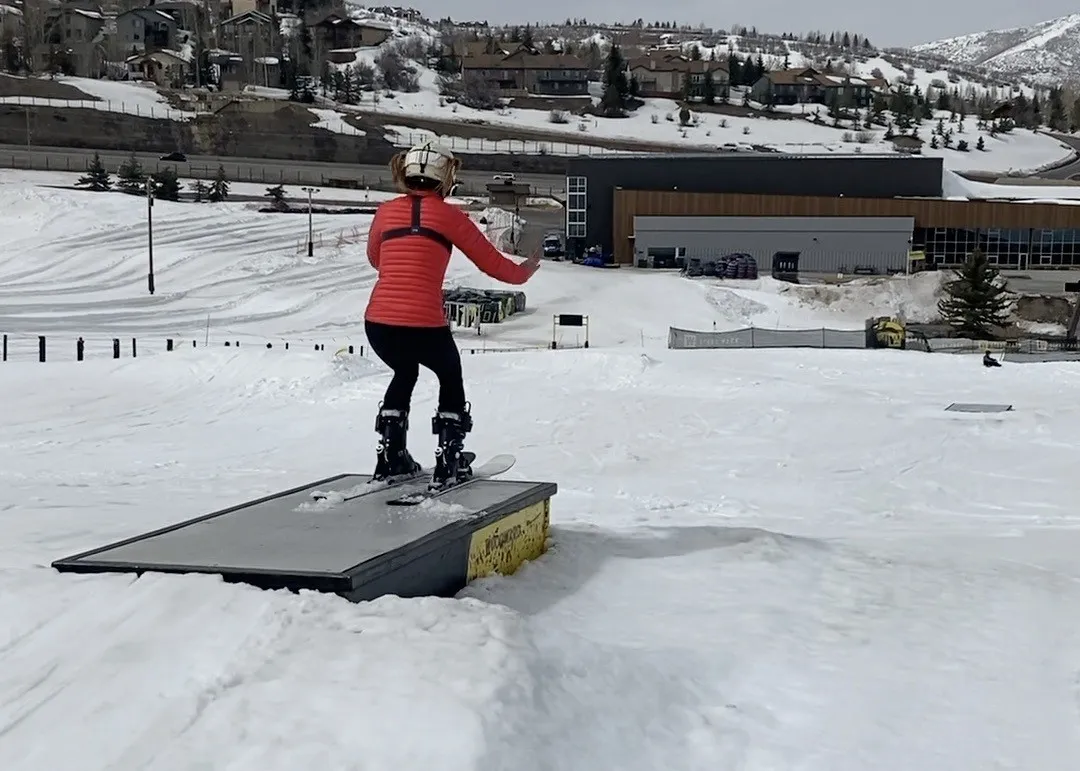 A happy senior dog successfully performing a complex trick with a focused owner, illustrating advanced training.
A happy senior dog successfully performing a complex trick with a focused owner, illustrating advanced training.
Expanding Horizons: A Lifetime of Learning for Your Canine Companion
I didn’t fully realize until our next walk in the park that learning these new tricks—even simple ones—had eliminated a considerable amount of anxiety for both Buster and me, and opened up vast new areas of exploration. I won’t be expecting him to herd sheep anytime soon—ever!—but he won’t shy away from every new sound or scent. He may even initiate a playful interaction with another dog. I even look at his occasional stubbornness differently, understanding that his responses are not dictated by age but by how I approach his training and engagement. Learning these new tricks allowed us to explore more of our world together.
Do I recommend taking a structured training lesson with your senior dog? Absolutely. What you both learn in three hours or three months, however, is entirely up to you and your dog’s unique pace. You can, indeed, teach an old dog new tricks—in your home, at the park, and wherever your lives take you. Now, go out and enjoy the journey of lifelong learning with your amazing canine companion!
